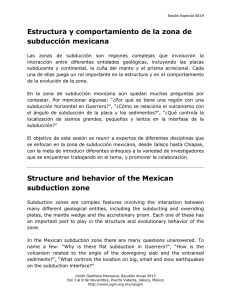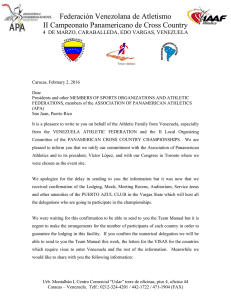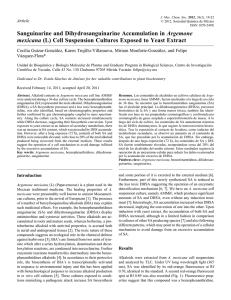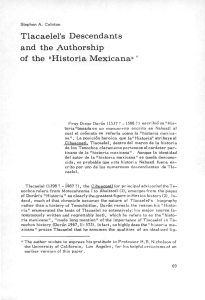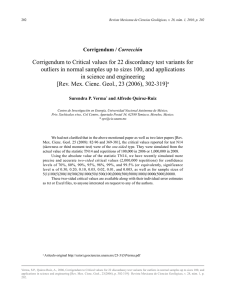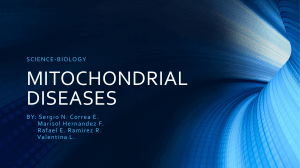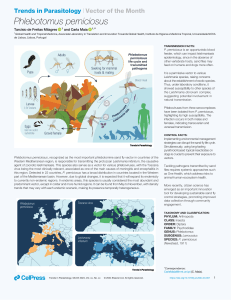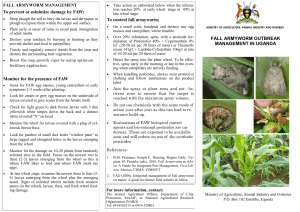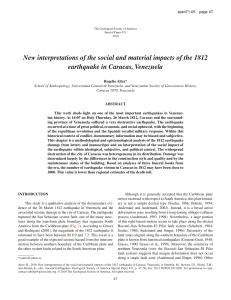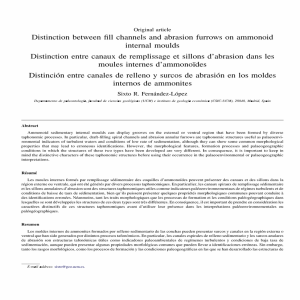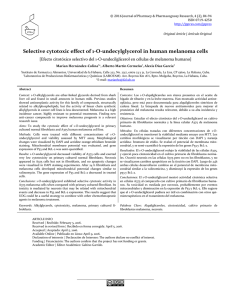Membranous Whorl Associated with the Mitochondrion of
Anuncio
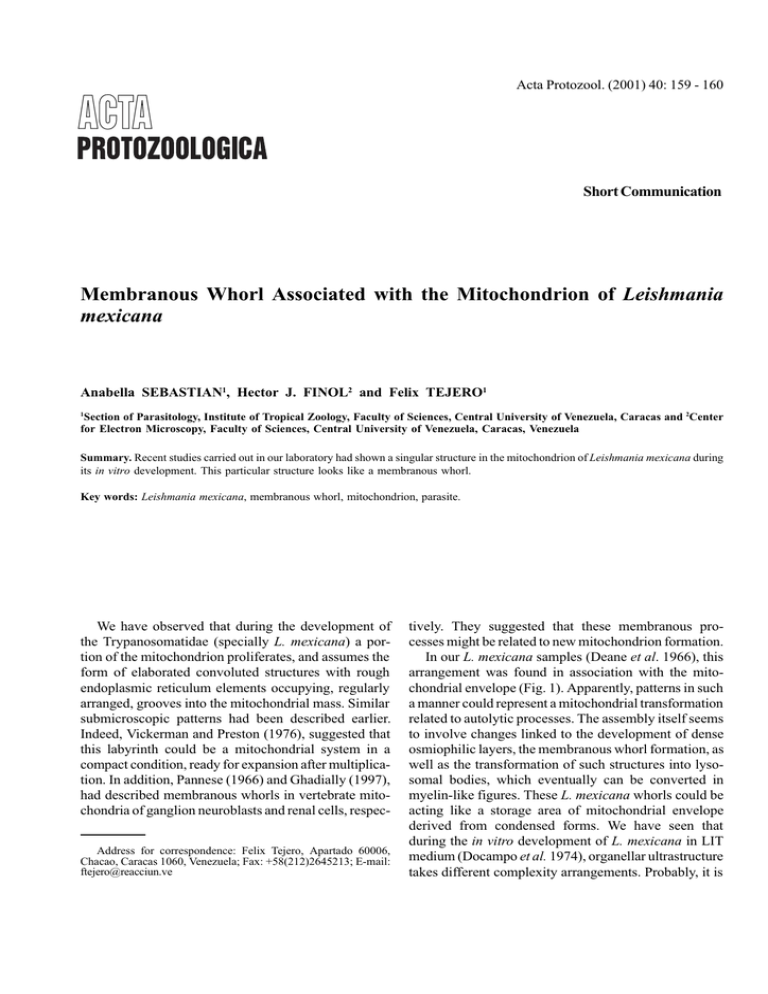
Acta Protozool. (2001) 40: 159 - 160 Short Communication Membranous Whorl Associated with the Mitochondrion of Leishmania mexicana Anabella SEBASTIAN1, Hector J. FINOL2 and Felix TEJERO1 1 Section of Parasitology, Institute of Tropical Zoology, Faculty of Sciences, Central University of Venezuela, Caracas and 2Center for Electron Microscopy, Faculty of Sciences, Central University of Venezuela, Caracas, Venezuela Summary. Recent studies carried out in our laboratory had shown a singular structure in the mitochondrion of Leishmania mexicana during its in vitro development. This particular structure looks like a membranous whorl. Key words: Leishmania mexicana, membranous whorl, mitochondrion, parasite. We have observed that during the development of the Trypanosomatidae (specially L. mexicana) a portion of the mitochondrion proliferates, and assumes the form of elaborated convoluted structures with rough endoplasmic reticulum elements occupying, regularly arranged, grooves into the mitochondrial mass. Similar submicroscopic patterns had been described earlier. Indeed, Vickerman and Preston (1976), suggested that this labyrinth could be a mitochondrial system in a compact condition, ready for expansion after multiplication. In addition, Pannese (1966) and Ghadially (1997), had described membranous whorls in vertebrate mitochondria of ganglion neuroblasts and renal cells, respecAddress for correspondence: Felix Tejero, Apartado 60006, Chacao, Caracas 1060, Venezuela; Fax: +58(212)2645213; E-mail: [email protected] tively. They suggested that these membranous processes might be related to new mitochondrion formation. In our L. mexicana samples (Deane et al. 1966), this arrangement was found in association with the mitochondrial envelope (Fig. 1). Apparently, patterns in such a manner could represent a mitochondrial transformation related to autolytic processes. The assembly itself seems to involve changes linked to the development of dense osmiophilic layers, the membranous whorl formation, as well as the transformation of such structures into lysosomal bodies, which eventually can be converted in myelin-like figures. These L. mexicana whorls could be acting like a storage area of mitochondrial envelope derived from condensed forms. We have seen that during the in vitro development of L. mexicana in LIT medium (Docampo et al. 1974), organellar ultrastructure takes different complexity arrangements. Probably, it is 160 A. Sebastian et al. Fig. 1. This electron micrograph shows a mitocondrial membranous whorl in a Leishmania mexicana promastigote. Scale bar - 4, 2 µm consequence of the medium chemical composition, stages of development occurring in the culture, metabolic changes, and/or continuous series of organellar degeneration, among others. Whorl formation in trypanosomatids has only been reported in Crithidia fasciculata (Hill et al. 1968) and Trypanosoma raiae (Vickerman and Preston 1976). Therefore, it is necessary to continue this line of investigation in order to establish if these arrays are present in other members of the family and/or order. Docampo R., Boiso J. F., Stoppani A. O. M. (1974) Diferencias metabólicas en Trypanosoma cruzi dependientes de las condiciones de cultivo. Rev. Asoc. Arg. Microbiol. 6: 7-14 Hill G. C., Brown C. A., Clark M. V. (1968) Structure and function of mitochondria in Crithidia fasciculata. J. Protozool. 15: 102109 Pannese E. (1966) Structures possibly related to the formation of new mitochondria in spinal ganglion neuroblast. J. Ultrastruct. Res. 15: 57-65 Ghadially F. N. (1997) Ultrastructural Pathology of the Cell and Matrix. vol. 1. 4 ed. Butterworth-Heinemann, Boston Vickerman K., Preston T. M. (1976) Comparative cell biology of the Kinetoplastida. In: Biology of the Kinetoplastida, (Eds. W. H. R. Lumsden and D. A. Evans). Academic Press, London 1: 35-130 Acknowledgements. This work was supported by grant # 03-104169-98 from the Consejo de Desarrollo Científico y Humanístico de la Universidad Central de Venezuela. REFERENCES Deane M., Chaves J., Torrealba J. W., Torrealba J. F. (1966) Aislamiento de leishmanias de la médula ósea y de la sangre de una paciente con leishmaniasis tegumentaria difusa. Gaceta Méd. Caracas 74: 367-371 Received and accepted on 27th March, 2001
